The Best Fishing Culverts in J.N. “Ding” Darling
The Best Fishing Culverts in J.N. “Ding” Darling National Wildlife Refuge
If you’re a fishing enthusiast looking for a unique and rewarding angling experience, look no further than J.N. “Ding” Darling National Wildlife Refuge in Sanibel, Florida. This beautiful refuge is home to a diverse array of fish species, making it a prime destination for anglers of all skill levels.
One of the most popular fishing spots within the refuge is the network of culverts that run under Wildlife Drive. These culverts provide excellent fishing opportunities for a variety of species, including snook, redfish, trout, and more. In this blog post, we’ll highlight some of the best fishing culverts in J.N. “Ding” Darling National Wildlife Refuge.
Culvert #1: Red Colored Wooden Rails
This culvert is the second one, and after you pay at the Wildlife Drive Entrance Fee Booth, you should be able to see it because it has a red wood rail on both sides of the road. This culvert is known for its shallow waters and abundant mangroves, making it an ideal habitat for snook and redfish. Anglers can expect to catch a variety of fish here, including mangrove snapper, sheepshead, snook, redfish, and even the occasional tarpon.
Live bait such as shrimp or pilchards is highly effective here, as is artificial lures such as spoons or soft plastics.
Culvert #2: Cross Dike
Located further down Wildlife Drive, the Cross Dike Culvert offers a more secluded and tranquil fishing experience. This culvert is situated in a quiet area of the refuge, surrounded by dense vegetation and mangroves. Anglers can expect to catch a variety of fish here, including trout, ladyfish, and even the occasional snook.
To access the Cross Dike Culvert, park at the designated parking area near the Cross Dike. You should see the restrooms to the left and the culvert. Anglers can fish from the top of the culvert using Live bait such as shrimp or small baitfish, which works well here, as does casting topwater lures or soft plastics along the mangrove edges.
Culvert #3: Wildlife Drive Observation Tower
For anglers looking to explore a different area of the refuge, the Wildlife Drive Observation Tower Culvert offers a unique fishing experience. This culvert is located near the Wildlife Drive Observation Tower and is known for its strong currents, making it an ideal spot for larger fish such as redfish, tarpon, and snook.
To access the Wildlife Drive Observation Tower, park at the designated parking area near the Wildlife Drive Observation Tower and walk to the culvert. Anglers can fish from the shore or wade into the water to cast their lines. Live bait such as pinfish or mullet is highly effective here, as is casting larger artificial lures such as swimbaits or jerkbaits.
Culvert #4: Marker 2.4
For anglers looking to explore a different area of the refuge, the Mile Marker 2.4 Culvert offers a unique fishing experience. This culvert is located at Mile Marker 2.4 and is known for its strong currents, making it an ideal spot for larger fish such as redfish, tarpon, jackcarville, baby gag grouper, baby red grouper, sheepshead, spade fish, manggrove snappers, and snook.
To access Marker 2.4, park at the designated parking area near Marker 2.4 and walk to the culvert. Anglers can fish from the shore or wade into the water to cast their lines. Live bait such as pinfish or mullet is highly effective here, as is casting larger artificial lures such as swimbaits or jerkbaits. Depending on the current, a good place to try and fish is near the mangroves, if you can.
Tips for Fishing Culverts in J.N. “Ding” Darling National Wildlife Refuge
When fishing culverts in J.N. “Ding” Darling National Wildlife Refuge, there are a few tips to keep in mind to maximize your chances of success:
- Use the right tackle: Make sure to use light to medium tackle when fishing culverts, as the waters can be shallow and filled with structure. A 7-8 foot rod paired with a 2500-4000 size spinning reel is ideal for targeting a variety of fish species.
- Be mindful of tides: Pay attention to the tides when fishing culverts, as they can greatly affect fish behavior. High tides are often the best times to fish, as fish will move into the culverts to feed on incoming baitfish and crustaceans.
- Stay patient and observant: Fishing in the refuge requires patience and observation. Take the time to study the waters and watch for signs of fish activity, such as splashes or baitfish jumping. Remember, the more time you spend on the water, the more likely you are to catch fish.
With its stunning natural beauty and abundance of fish species, J.N. “Ding” Darling National Wildlife Refuge is a true angler’s paradise. Whether you’re a seasoned angler or just starting out, the fishing culverts within the refuge offer a unique and rewarding experience that shouldn’t be missed. So grab your tackle box, bait, and rod, and head to the refuge for a day of fishing you won’t soon forget!
Share this content:
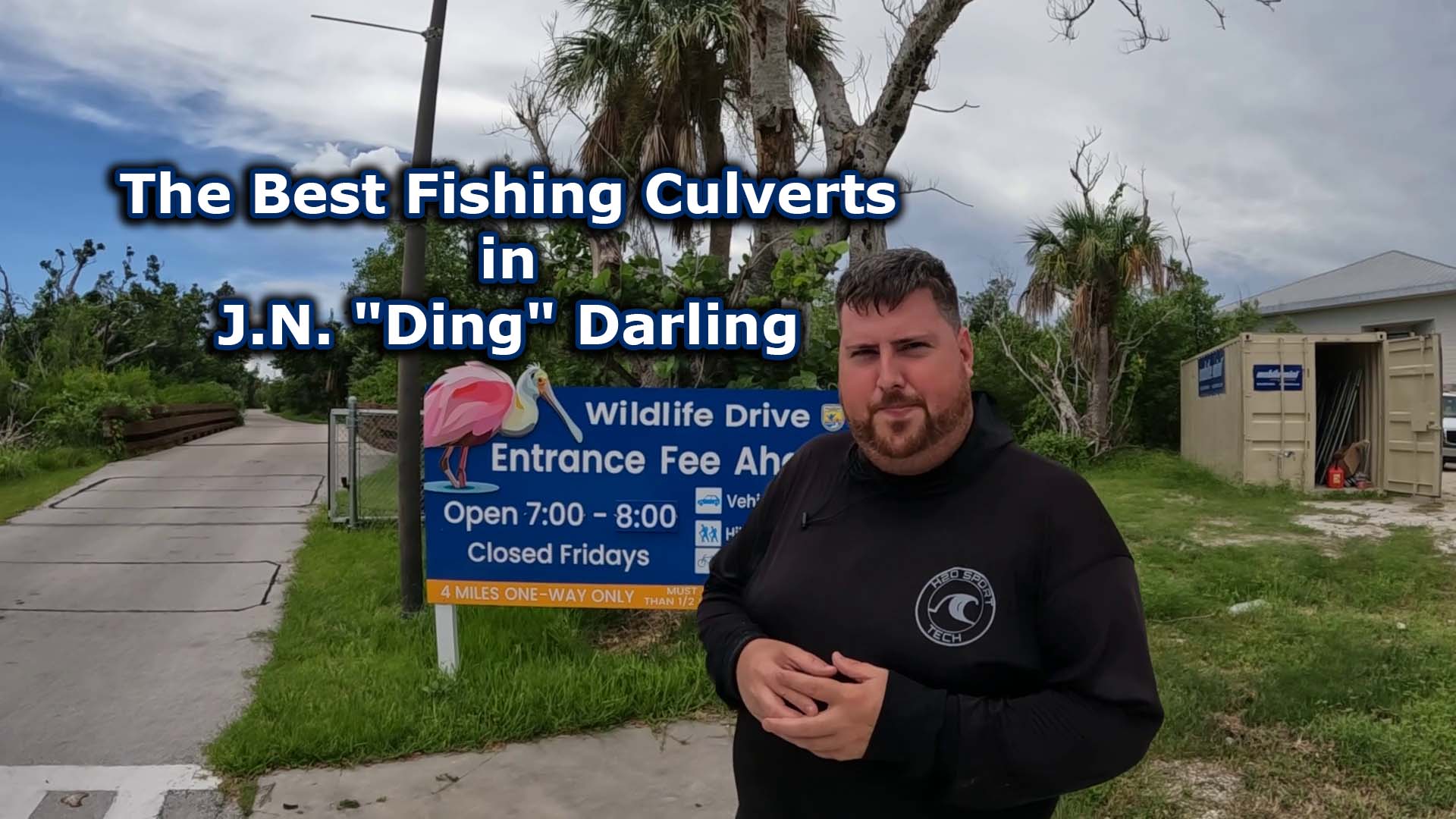
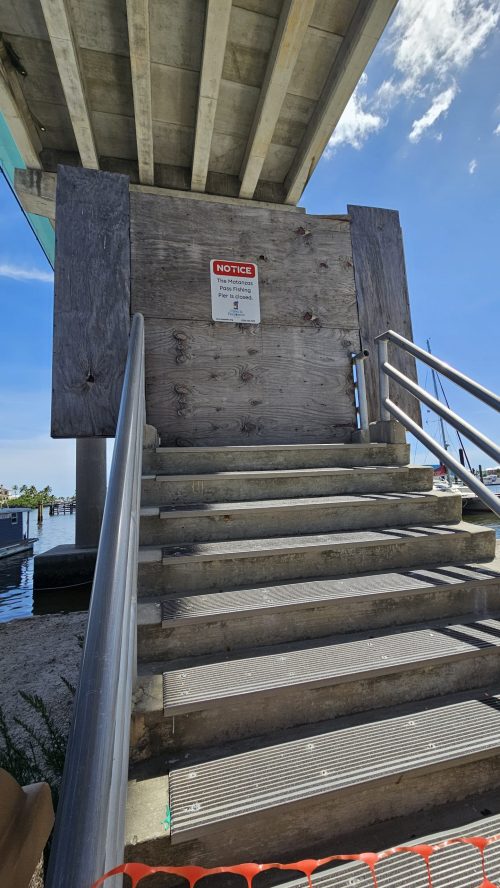
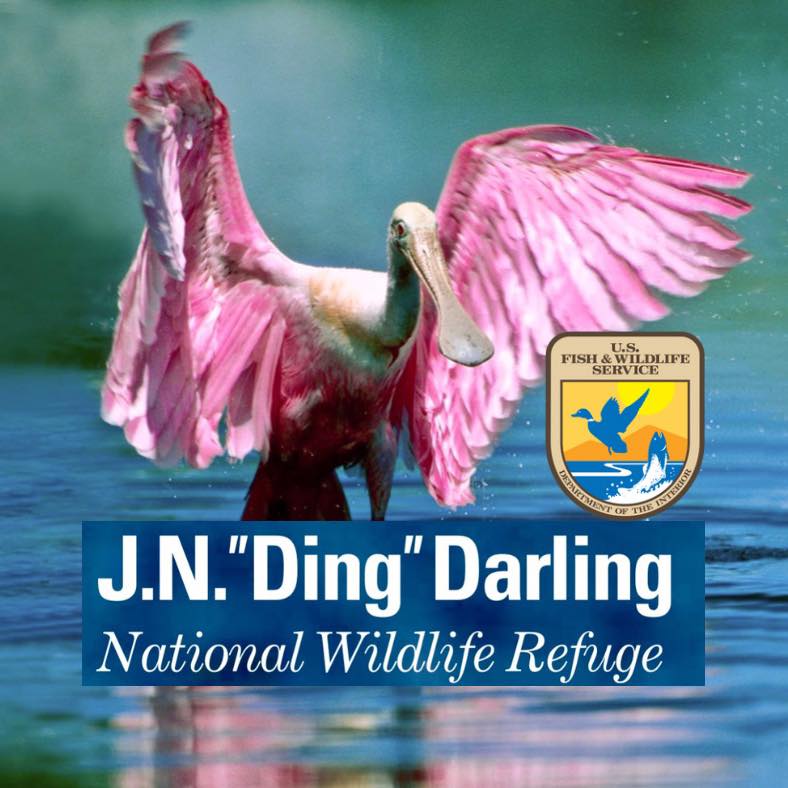
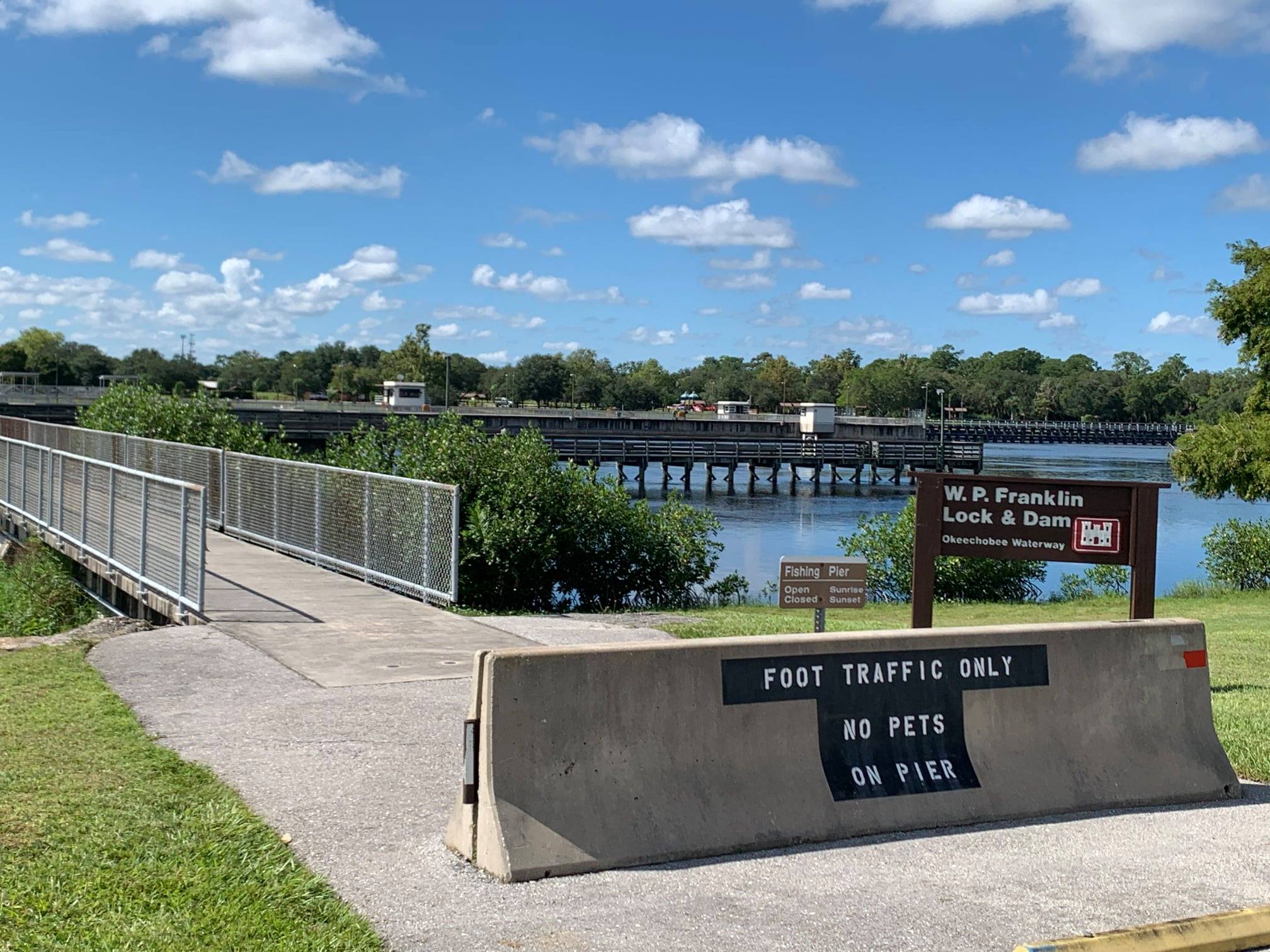
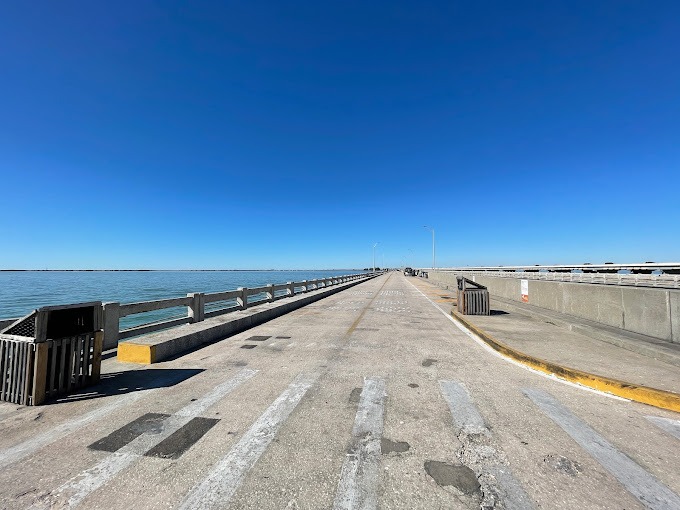
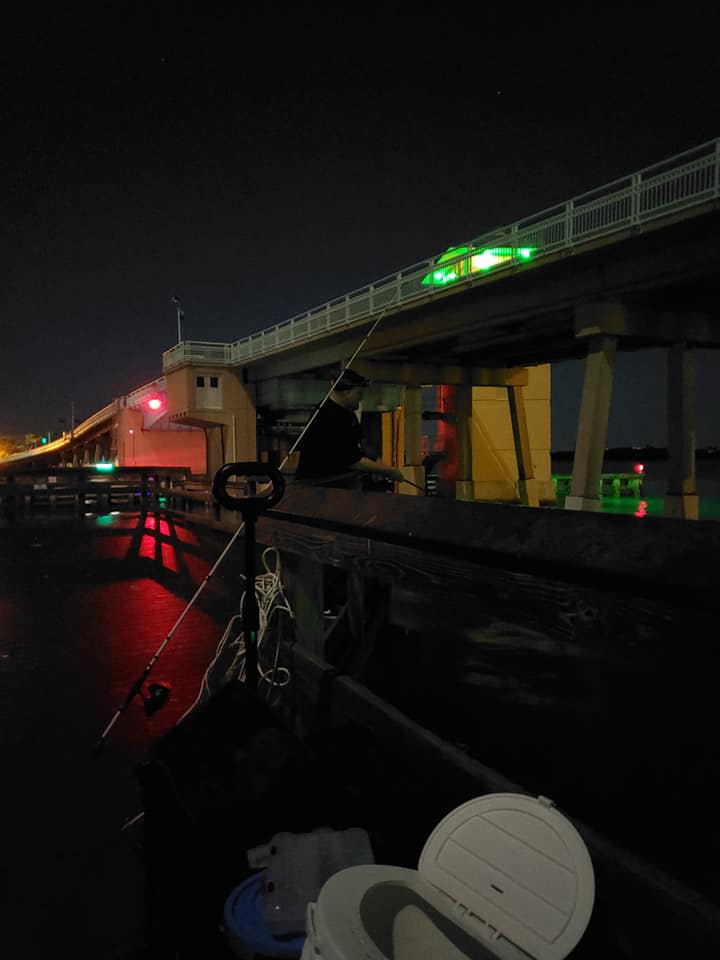

Post Comment
You must be logged in to post a comment.